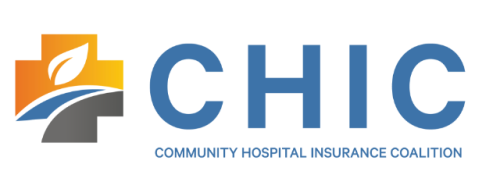
Beginning in 2024, group health plans and health insurance issuers must expand the internet-based price comparison tool available to participants, beneficiaries, and enrollees to include all covered items, services, and drugs. This tool aims to provide consumers with real-time estimates of their cost-sharing liability from different providers for covered items and services so they can shop and compare prices before receiving care.
beneficiaries, and enrollees to include all covered items, services, and drugs. This tool aims to provide consumers with real-time estimates of their cost-sharing liability from different providers for covered items and services so they can shop and compare prices before receiving care.
For plan years beginning on or after Jan. 1, 2023, plans and issuers were required to make price comparison information available for 500 shoppable items, services, and drugs. For plan years beginning on or after Jan. 1, 2024, price comparison information must be available for all covered items, services, and drugs.
Most employers rely on their issuers or third-party administrators (TPAs) to develop and maintain the price comparison tool.
Employers should confirm that their issuers and TPAs will comply with the expanded price comparison tool requirements for the 2024 plan year. Employers should also confirm that their written agreements with issuers and TPAs have been updated to include this compliance responsibility. In addition, self-insured employers should monitor their TPAs’ compliance with this requirement. Unlike fully insured plans, this tool’s legal responsibility stays with a self-insured plan even if its service provider agrees to provide the price comparison tool on its behalf.
IRS Requires Electronic Filing for ACA Reporting in 2024
The Affordable Care Act (ACA) requires applicable large employers (ALEs) and employers with self-insured health plans to report information on their health coverage to the IRS and covered individuals.
Before 2024, employers who filed fewer than 250 individual statements under the ACA’s reporting rules could file their returns on paper. However, beginning in 2024, paper filing will only be available to employers who file fewer than 10 information returns with the IRS for the year. Employers must aggregate most information returns, such as Forms W-2 and 1099, to determine if they meet the 10-return threshold for mandatory electronic filing.
Due to this change, almost all employers subject to ACA reporting will be required to file their returns electronically beginning in 2024. A hardship waiver may be requested from the electronic filing requirement by submitting Form 8508 to the IRS at least 45 days before the return’s due date.
Employers who have filed paper returns in the past should explore their options for electronic ACA reporting. Although employers can use the IRS’ AIR Program to file their own ACA returns electronically, many rely on outside vendors for electronic reporting due to the AIR Program’s complexity. The standard deadline for electronic ACA reporting is March 31 each year. However, since March 31, 2024, is a Sunday, electronic returns must be filed by April 1, 2024.
©2024 Zywave, Inc. All rights reserved. The information provided in this alert is not, is not intended to be, and shall not be construed to be, either the provision of legal advice or an offer to provide legal services, nor does it necessarily reflect the opinions of HealthSure, our lawyers, or our clients. This is not legal advice. No client-lawyer relationship between you and our lawyers is or may be created by your use of this information. Rather, the content is intended as a general overview of the subject matter covered.

